
Scientific name: Aetobatus narinari
Size: Up to 60 inches wingspan
Color: Brown gray and white
Distinguishing feature: Diamond-shaped body, white spots on the top, very long and fine tail. Muzzle in duckbill.
Where did we see it: Zanzibar, French polynesia, Mexico, Maldives
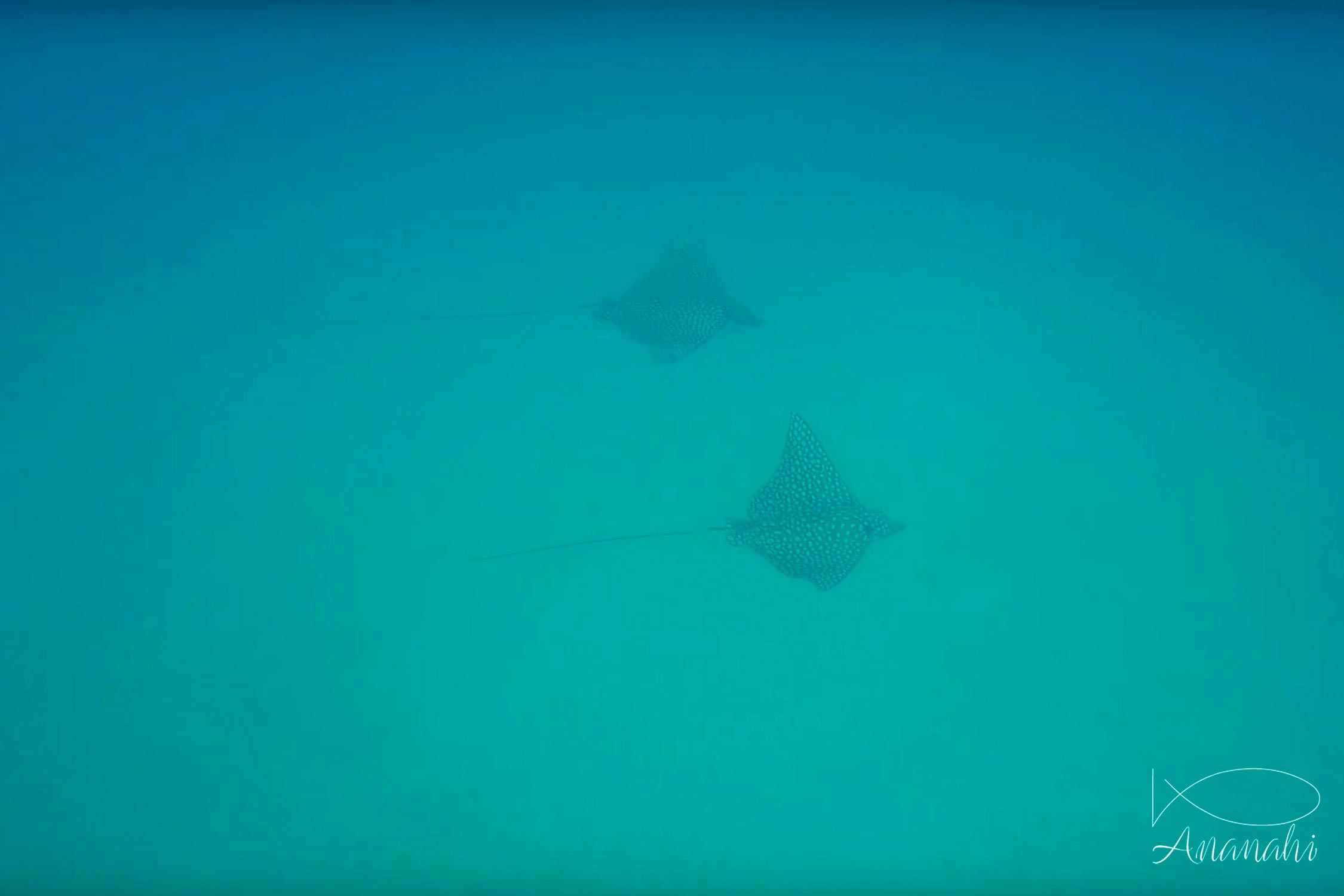
Scientific name: Aetobatus narinari
Size: Up to 60 inches wingspan
Color: Brown gray and white
Distinguishing feature: Diamond-shaped body, white spots on the top, very long and fine tail. Muzzle in duckbill.
Where did we see it: Zanzibar, French polynesia, Mexico, Maldives
The body is 1.8 times wider than long (without the tail) The tail measures about 2.2 times the body.
This ray moves over great lengths, sometimes in shoal of up to several hundred individuals. It is a diurnal species.
It can make very big accelerations to escape its predators (the white tip shark and the hammerhead shark).
It can throw itself out of the water, it could be that to be de-wormed.
The largest specimen had a wingspan of 10.8 feet and a total length of 27.9 feet
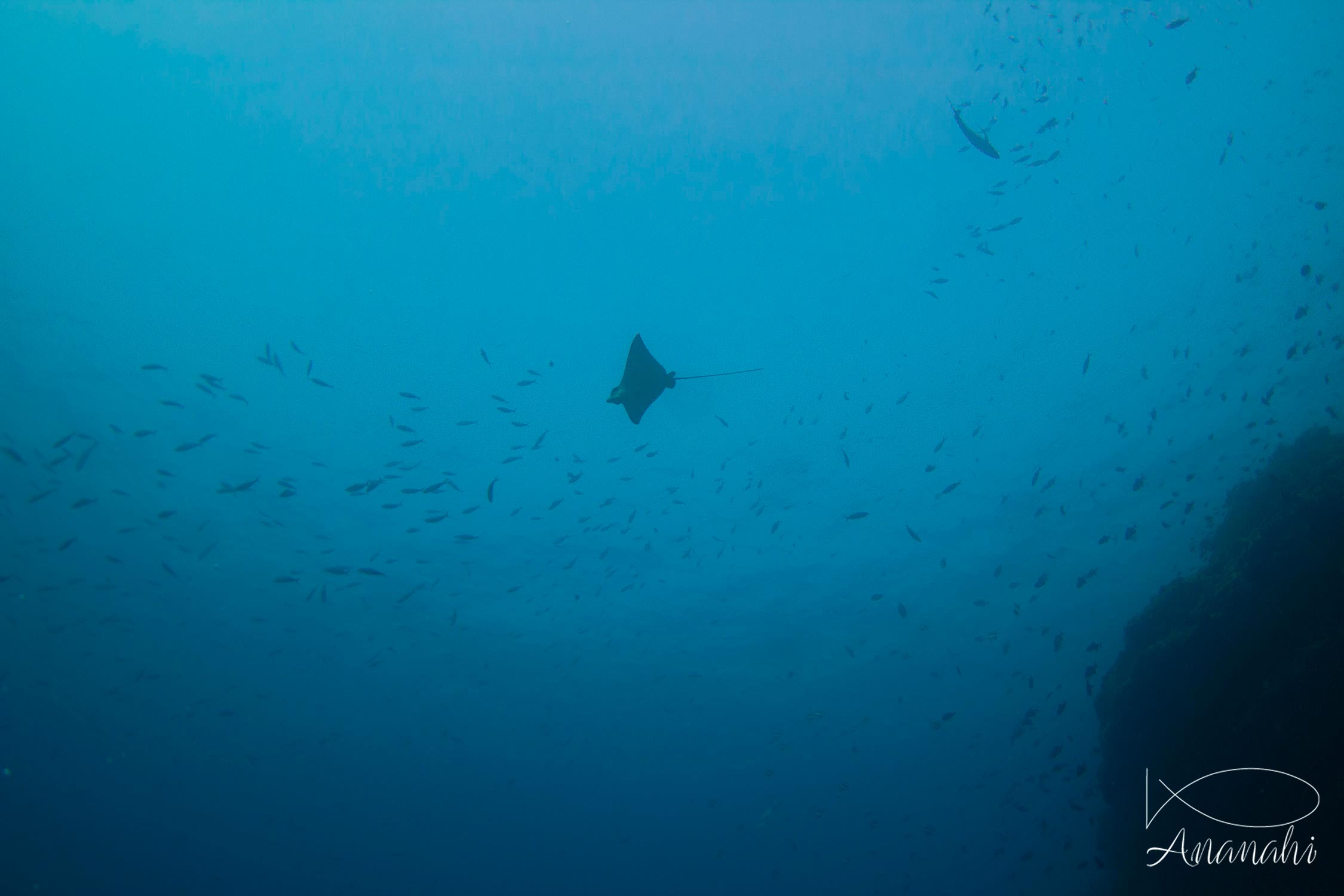

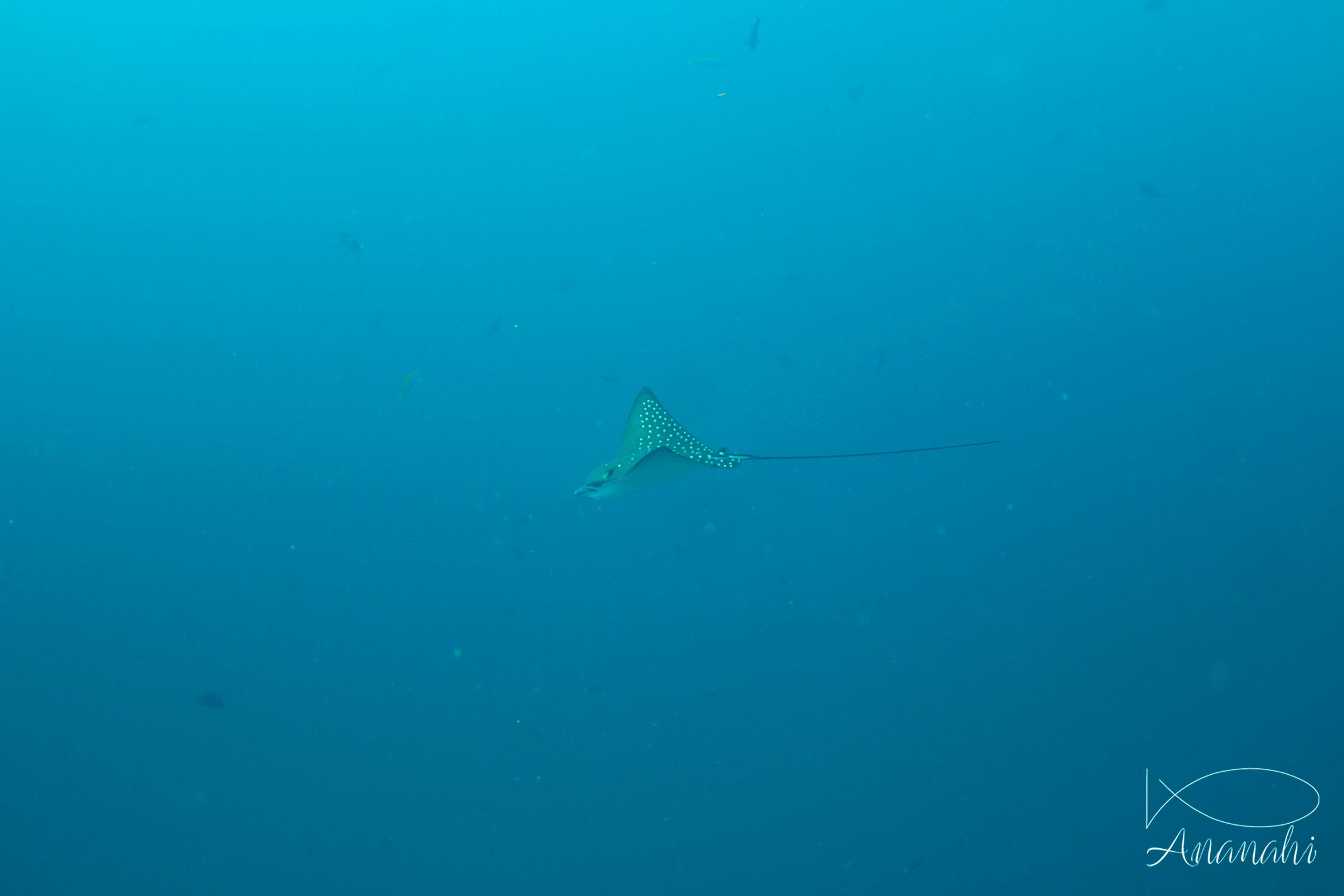
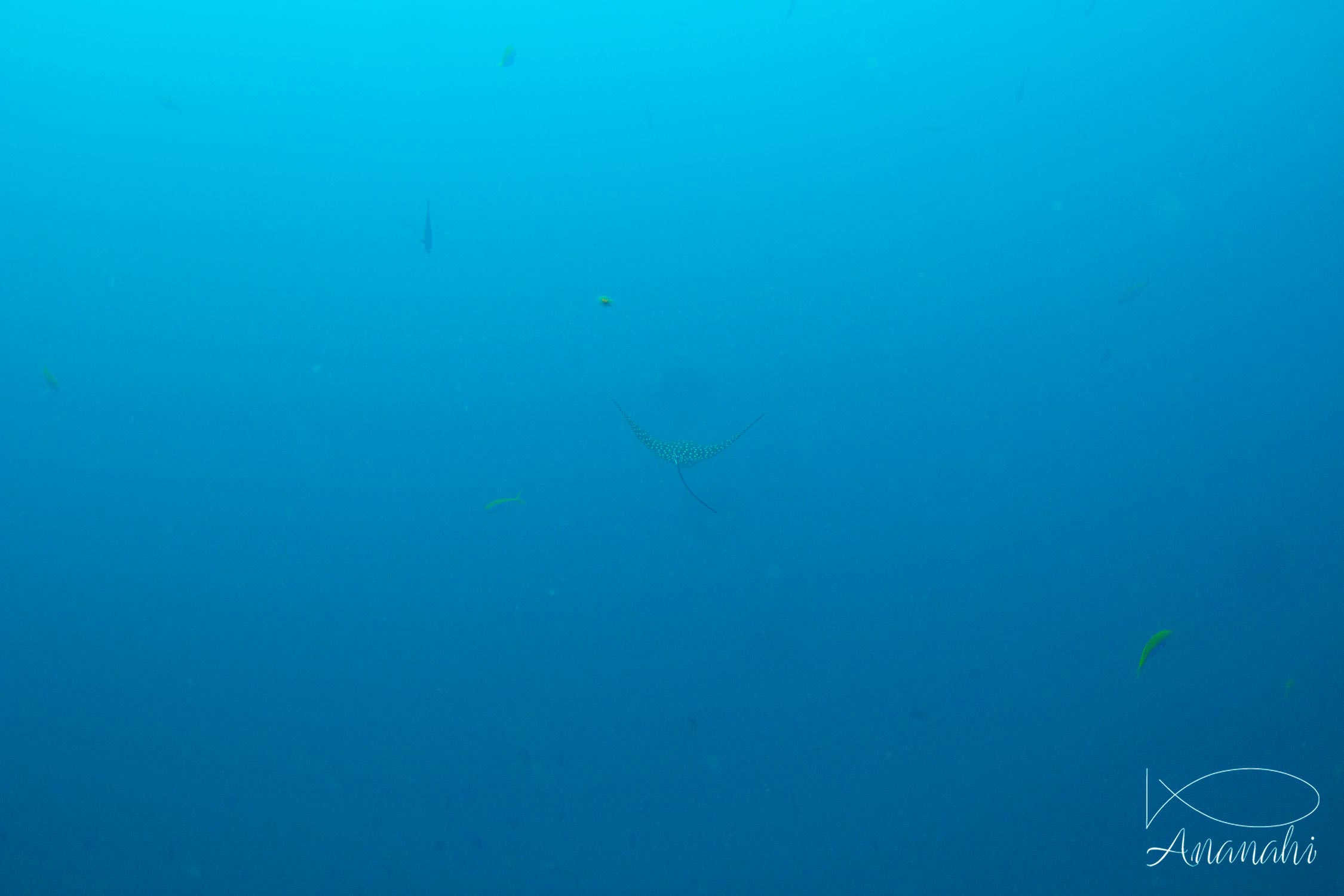

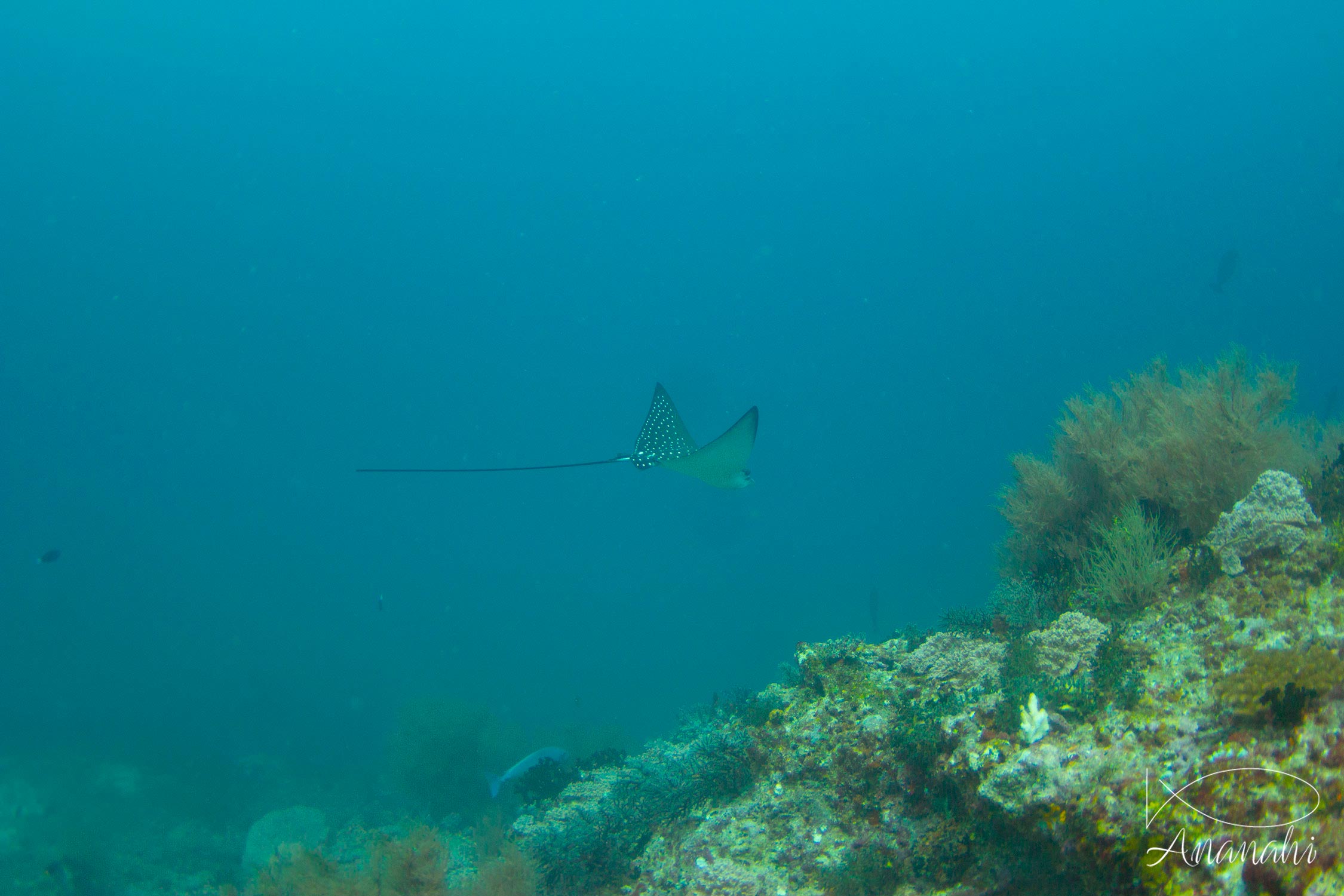
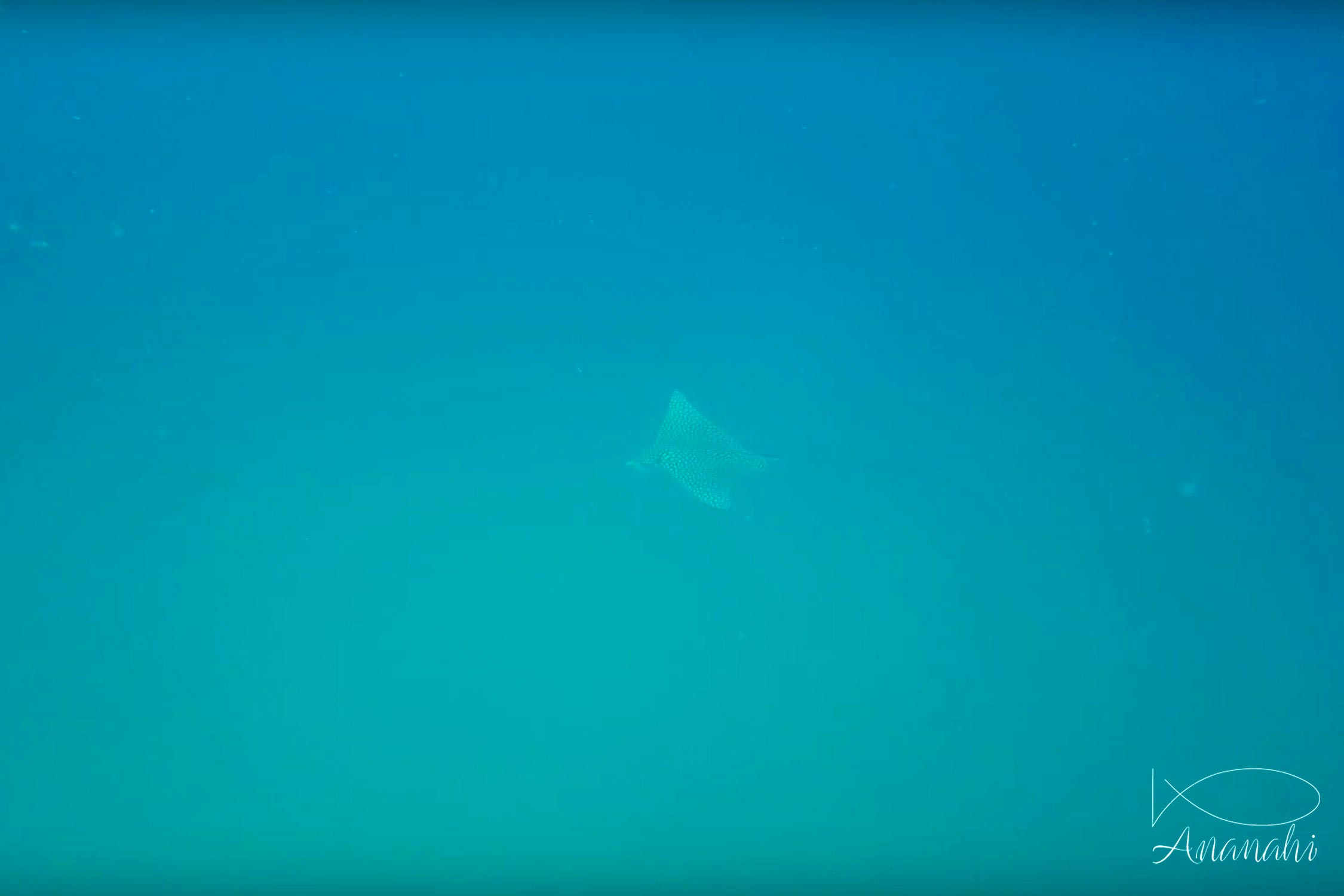

The kakihona sushi (sushi wrapped in persimmon leaves) are really the best!
To eat them, you have to go to Nara!
The whale shark is the largest fish in the world!
Some whales are larger, but they are mammals, not fish!
Parrotfish create a protective envelope around them when they are sleeping.
So, don't put the light on them during night dive to don't to wake them up and break this envelope.